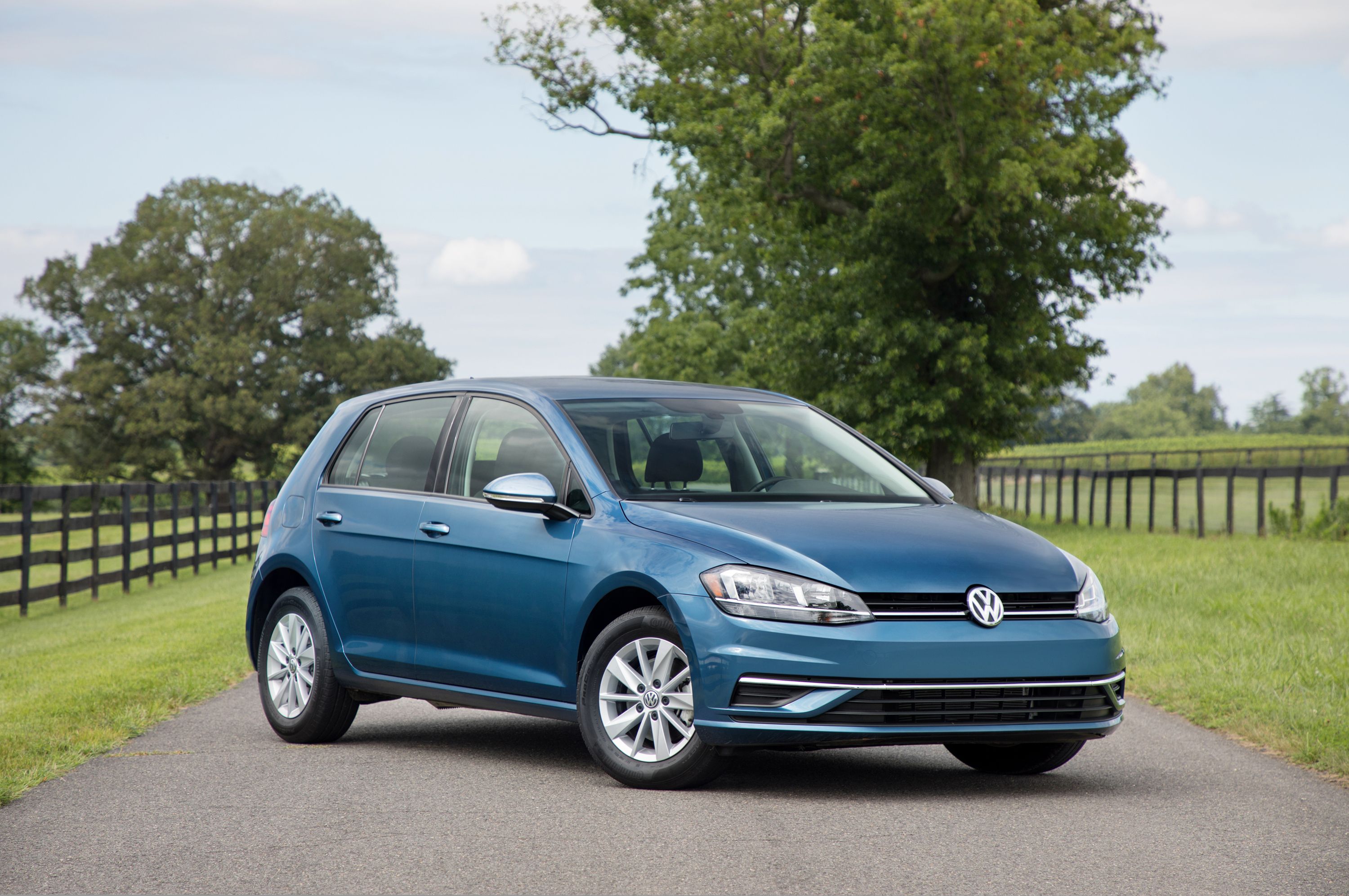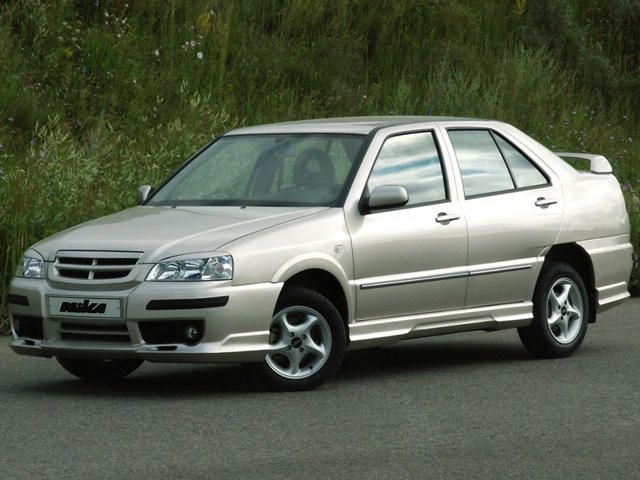
Cars built under communist regimes have tended to be the absolute worst that the world has ever seen. The simplicity required for a vehicle to be built by an unskilled workforce has resulted in cars which are not only unpleasant to drive, but also horrifyingly unsafe. Fortunately, few of these cars are ever sold outside of their home market, but this means that accurate information is difficult to find. Not only does the state suppress this information, but what exists is rarely in English.
As a result, we have only one communist car in this series, even though there have been countless commie cars more deserving of ridicule than the others you'll see here. But for now, we have the Chery Amulet, the car with a name that sounds vaguely like a pretentious dessert. We have information about this car because it is currently sold in Russia, although it should be mentioned that the Russians find it appalling as well. The Amulet is essentially a cosmetically altered copy of the first-generation Seat Toledo, itself built on the same platform as the Volkswagen Golf. This means the car is basically already 22 years old, and the platform is 30 this year.
Chery claim that the 1.6-liter 94-horsepower engine under the hood is fuel efficient and produces low emissions, but we can probably safely agree that this statement is utterly meaningless. The car sells in Russia as the Vortex Corda for 238,000 rubles ($7,855), and although such cheap cars do still sell in Eastern Europe, they aren't exactly in love with poorly-built copies of ancient platforms. It was in the Russian AutoRevu that the results of the Amulet's EuroNCAP crash testing were made famous. It had previously been believed that when the Brilliance BS6 received one star out of five that this would be the worst the testing would get.
But the Amulet not only did worse in the actual test, but afterward, the dummies actually had to be dismantled before they could be removed from the car. Unsurprisingly, AutoRevu called for the car to be withdrawn from the market, although it still hasn't been and is sold in more than 30 countries worldwide. Chery is actually China's biggest exporter of automobiles, even though it has only existed since 1997. In fairness, although the Amulet is still being produced, the model is now ten years old and dates back to a time when Chery was less concerned with exports. The newer A3 model is reported to be a much safer vehicle, as it is intended for export to Western Europe (although not until 2015).
Of course, the fact that a car built by a partially state-owned company did well in Chinese crash tests doesn't necessarily mean it's safe. The Chery brand has actually been removed from the EuroNCAP website, and this is probably a bit more telling. But the best way to tell how meaningless Chinese crash tests are is to look at the Chery Tiggo, a lackluster attempt by Chery to copy the Toyota Rav4. This received four out of five stars in Chinese crash tests, but when it was exported to Australia as the J11, it officially became the most unsafe SUV to be sold there, with a rating in low two-star range.
Even more telling is the fact that safety was never even of the slightest concern until cars being built in China started to take the export market into consideration. The fact that a partially state-owned company has such a blatant disregard for its own citizens tells you about everything you need to know about communism. In short, the idea that our own automotive market will soon be overrun by Chinese cars, selling in huge numbers simply by virtue of being cheap, is clearly not very well thought out. It takes more than a low price tag to make a competitive car, and Americans in particular have proven especially safety-conscious when it comes to their cars.

